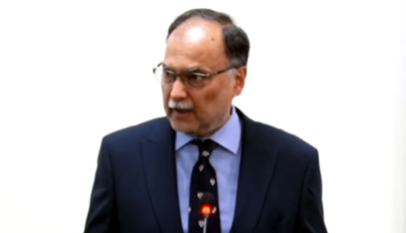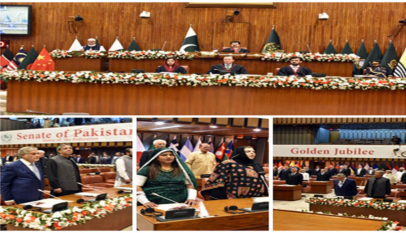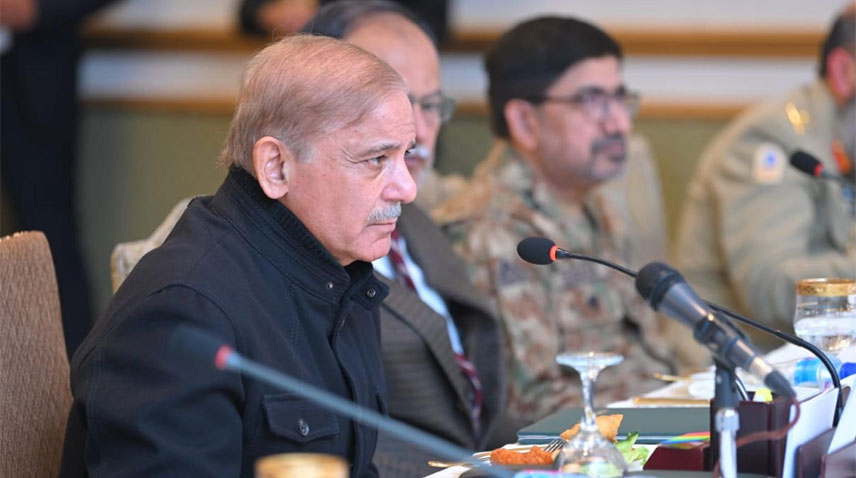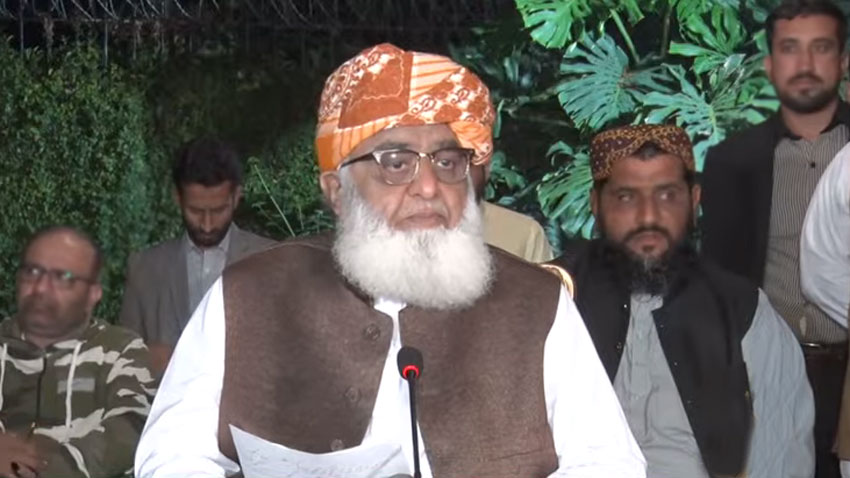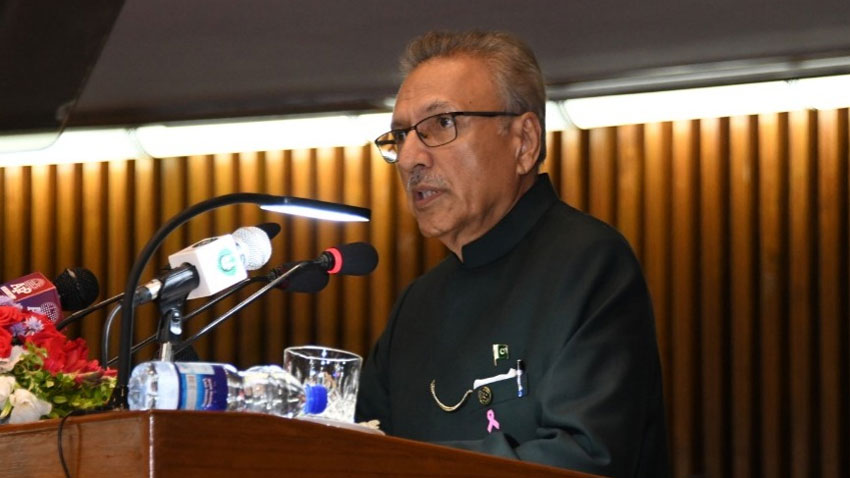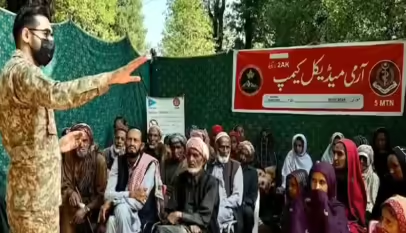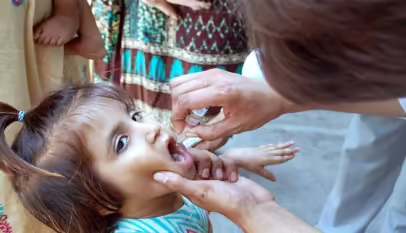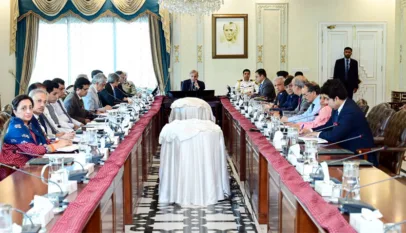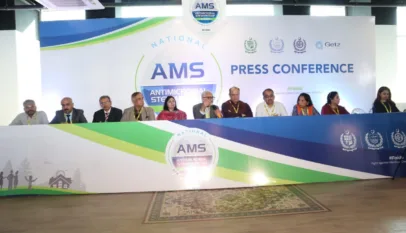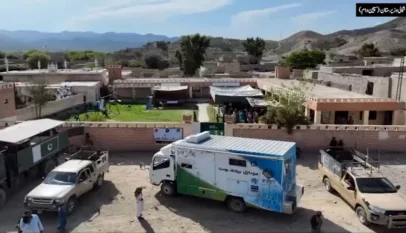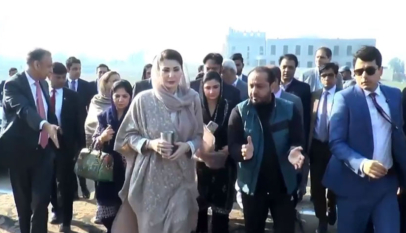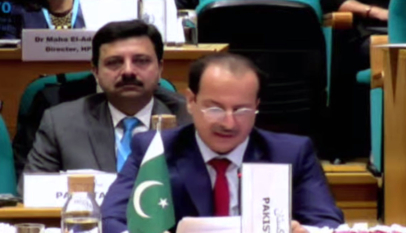
In the wake of the recent wave of high environmental temperature in different parts of the country, the National Institute of Health issued an advisory on the direction of Federal minister for national health Abdulqadir patel to take necessary measures for educational institutes.
The objective of this advisory is to sensitize relevant educational institutes to take in time appropriate actions for preparedness, response and prevention to the events/incidents of heatstroke in their respective areas.
The advisory provides recommendations for educational institutions/schools on actions to mitigate the effect of extreme heat on students to reduce the frequency of heat-related illness and to support schools to prepare for and manage risks associated with extreme hot weather / heat wave.
Children and young people are more susceptible to heat stress and therefore schools must have measures in place to prepare for and manage the risks associated with extreme hot weather.
Advisory emphasis the following actions that school can take to help protect students from heat-related illness:
• Physically separating students from heat by keeping them in a cooled indoor environment is the most effective way of preventing heat-associated illness, utilizing the indoor space for activities during extreme heat is an ideal way to protect students.
• Use artificial shading (canopies, tents, sails, umbrellas) to shade outdoor play spaces.
• Avoid materials and surfaces that radiate high amounts of thermal heat. Use natural surfaces as much as possible (where allowed) and if a surface has to be used for the safety of children, make sure it is shaded.
• Increase the number of water coolers. Increased access to drinking water can help encourage student behaviors to stay hydrated. Ensure electric fans are in working condition.
• Practice acclimatization. During the acclimatization period, changes occur as the body adapts to the stress of repeated exposure to heat. There is a strong evidence base that acclimatization can reduce heat-injuries.









